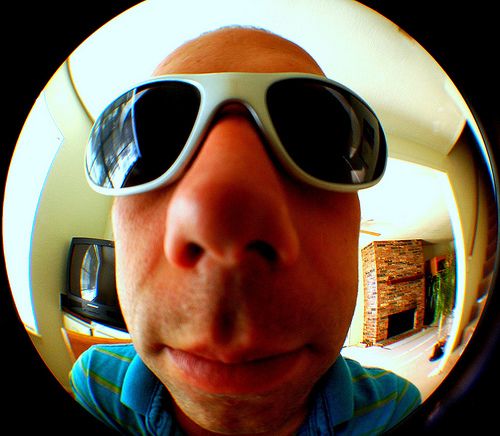4H was a hot topic of discussion this week. I have a friend who didn’t have fond memories of having to deal with an animal she raised going out for bid and sale for slaughter.
Many people believe animal careers means playing with animals but it is much broader of a career base than that. In this case, the group helps expose young people to the business of livestock.
Since I never was involved with 4H, it got me to thinking about how most people don’t know what 4H stands for or that it is the nation’s largest youth development organization.
4H is began as a rural youth program. (HHHH is for Head, Heart, Hands, Heaith.)
The birth of the program is credited to A.B. Graham who, in 1902, began a club in Ohio that is considered to be the origin of the 4H program.
Congress created the 4H Cooperative Extension Service at USDA in 1914.
After a state expansion in the mid-1940s and then into more urban areas in the 1950s, today many people associate the club with livestock efforts across the nation since many of the kids show their animals at different fairs annually.
An outreach to astounding six million American youth take place annual annually and focuses on teaching research based learning to promote life skills, science and citizenship.
Known for connections to science, engineering and technology of land-grant universities and local youth and families, the 4H National Headquarters is at National Institute of Food & Agriculture NIFA and the USA programs are under the leadership of the United States Department of Agriculture.
To learn more about 4H, take a look at the curriculum or visit the 4H headquarters website.
At the moment, 4H programs can be found in every county of the USA and can be a good experience for kids to learn more about what is involved in agriculture.
For more information, you can learn how to be a member or volunteer by contacting the local cooperative extension office.
Photo Credit: Thomas Hawk



